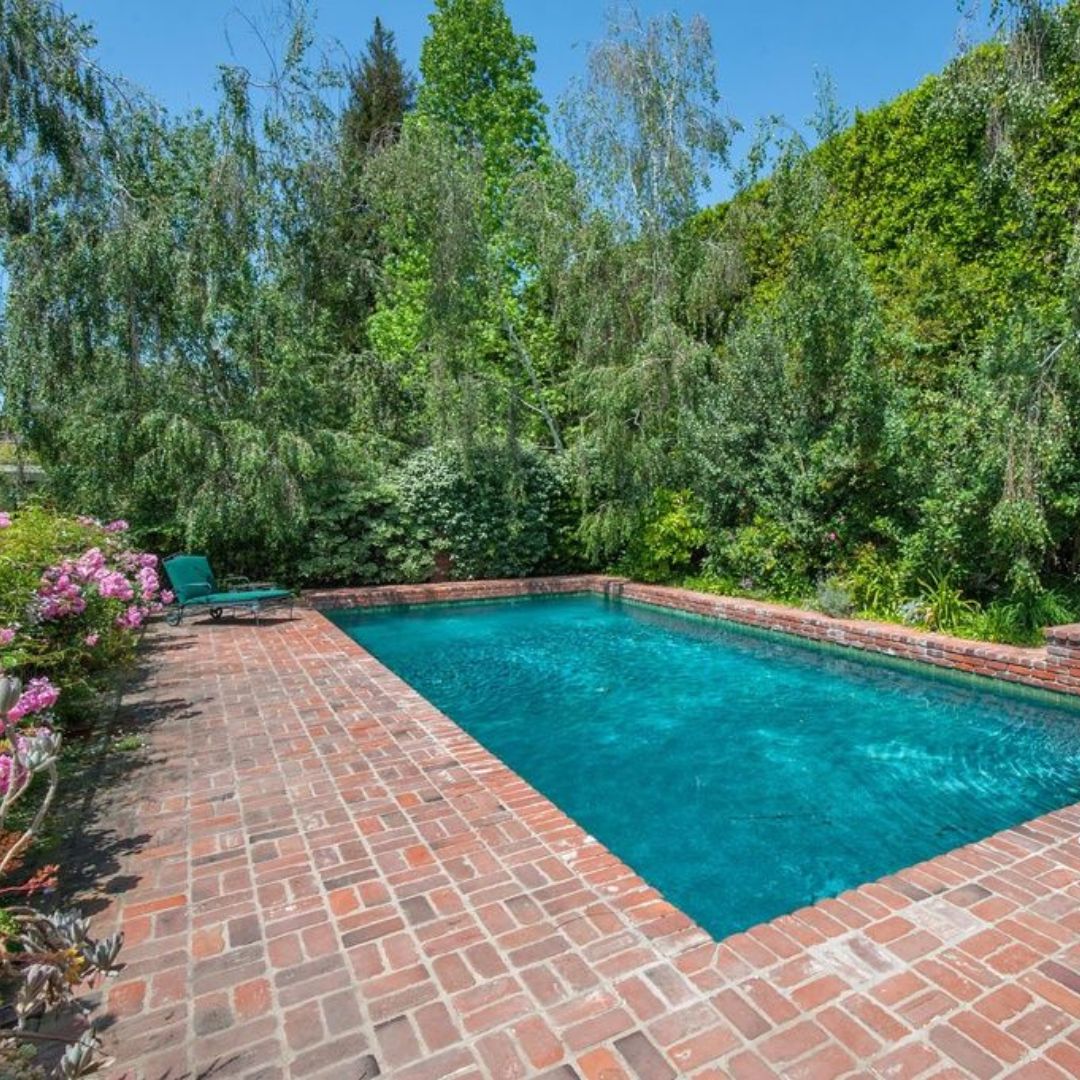If you have a pool in your backyard, you know how important it is to have a suitable pool paving. Not only does it enhance the overall look and feel of your pool, but it also provides a safe and functional surface for swimmers. However, with so many options available, it can be overwhelming to decide which type of pool paving is right for you. In this article, we will explain the different types of pool paving to help you make an informed decision.
1- Concrete Paving

Concrete is one of the most popular materials used for pool paving. It is durable, long-lasting, and can be customized to match the style of your pool and surrounding area. Additionally, concrete can be finished in a variety of textures and colors, making it a versatile choice for pool owners.
One of the main advantages of concrete paving is that it is easy to maintain. It is resistant to stains and can be easily cleaned with a pressure washer. However, concrete can be slippery when wet, so it is important to choose a textured finish that provides good traction.
2- Brick Paving

Brick paving is another popular option for pool owners. It has a classic and elegant look that complements traditional or rustic backyard designs. Bricks are also resistant to fading and can withstand heavy foot traffic, making them an excellent choice for pool areas.
Brick paving is also relatively easy to maintain. You can clean it with a pressure washer or simply sweep it regularly to keep it looking clean and polished. However, bricks can be uneven, which may not be suitable for pool areas where smooth and level surfaces are necessary.
3- Stone Paving

Stone paving is a luxurious option that provides a natural look to your pool area. It is available in a variety of natural stones such as limestone, sandstone, and granite, which can be customized to suit your style and preference. Stone paving is also durable and long-lasting, making it a popular choice among pool owners.
One of the advantages of stone paving is that it is slip-resistant and provides good traction, even when wet. However, stone paving can be expensive and requires regular maintenance to keep it looking its best.
4- Tile Paving

Tile paving is a popular choice for modern pool designs. It is available in a variety of shapes, sizes, and colors, making it easy to customize your pool area. Tiles are also durable, easy to maintain, and resistant to fading and stains, making them an excellent choice for pool areas.
One of the main disadvantages of tile paving is that it can be slippery when wet, so it is important to choose a textured finish that provides good traction. Additionally, tiles can be more expensive than other types of pool paving.
In conclusion, choosing the right pool paving is important to enhance the overall look and functionality of your pool area. Each type of pool paving has its own advantages and disadvantages, so it is important to consider your style, budget, and maintenance requirements before making a decision.
Whether you choose concrete, brick, stone, or tile, make sure to choose a quality paving that will last for years to come.
Contact us for your pool renovation - we can help!

